Reus is a quaint little town just 100km south of Barcelona. With an abundance of terracotta tiles, cute boutiques, and a rich history, it’s certainly worth a day trip. A train ticket shouldn’t cost more than 10€ and the return journey is definitely feasible in a day. It is a small town of just over 100,000 inhabitants; once famous as a producer of brandy, it is now known across the Catalan region as the home of the famous architect Antoni Gaudí.
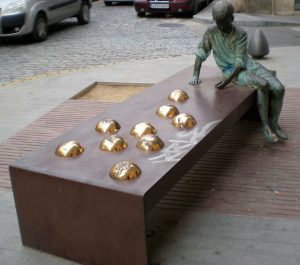 Reus: Retrace Gaudí’s childhoood footsteps
Reus: Retrace Gaudí’s childhoood footsteps
Follow Gaudí’s footsteps in his childhood town as you walk the streets he grew up in. It is debated whether he was born in Reus or Riudoms, but you can walk the streets of Reus with a guarantee that Gaudí passed through them at some point in his adolescence. In and among the streets where Gaudí grew up, you’ll find the Gaudí niño (infant Gaudí) sculpture, built in 2002 to celebrate his legacy in the Catalan region.
On Carrer de Sant Pere Apóstol you’ll find the twelfth-century church where Gaudí was baptised at one day old. It’s a beautiful Gothic structure, averaging 125 metres in height. 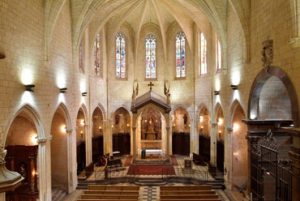
From the nursery run by Francesc Berenguer, to the Catholic school, Piarists, to the Vapor Nou textile mill where he worked as an apprentice, you can follow Gaudí’s educational beginnings.
Gaudí Centre and Modernism
Finish up your Gaudí excursion with a trip to the Gaudí centre, a museum that opened in 2007 and is dedicated solely to Gaudí himself. It is located in Plaça del Mercadal, Reus’ market square, and is right next to the town hall. The museum will take you on a journey through 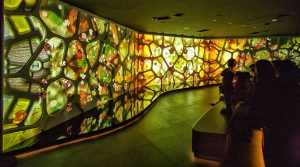 Gaudí’s work using multimedia and scale models. Peak hours are 12-1pm, so head over at 3pm to get a more relaxed and less crowded experience. From the centre, there are plenty of side streets and alleyways that will give you a great shopping experience.
Gaudí’s work using multimedia and scale models. Peak hours are 12-1pm, so head over at 3pm to get a more relaxed and less crowded experience. From the centre, there are plenty of side streets and alleyways that will give you a great shopping experience.
If you enjoyed looking round Gaudí’s Casa Mila in Barcelona, the Modernist building Casa Navas would certainly be worth a visit. Designed by Lluís Domenech i Montaner and completed in 1908, the residence is a glorious amalgamation of marble works, paintings, and ceramics. Although it was damaged by bombings during the Spanish Civil War and has not since been rebuilt, you can still get a feel for the Modernist architecture. Without too much trouble you should be able to find a map that will take you on a Modernist tour of Reus, including buildings such as Casa Pinyol, also located in Plaza del Mercadal, which is now used as the Convergencia Democratica de Catalunya political party’s head office in Reus.
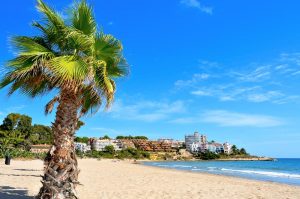
Beautiful beaches on the Costa Dorada
Aside from architecture and museums, Reus can also be a lovely place to relax and experience the Catalan culture without the bustle of Barcelona’s busy streets. Reus is only 10km from the Costa Dorada, famous for its long golden sandy beaches. If you’re looking for a beach with a similar feel to Barcelona’s sandy plains, El Miracle, walking distance from Tarragona city centre, is perfect for you. If, however, you’re looking for something a little more secluded, head south to El Torn, a beautiful rocky nudist beach that will remind you of the coasts of Sicily.
Reus and the Costa Dorada will undoubtedly leave you aching for more, but do make sure to check train times before you embark on a day trip. The trains tend to stop fairly early in the evening.

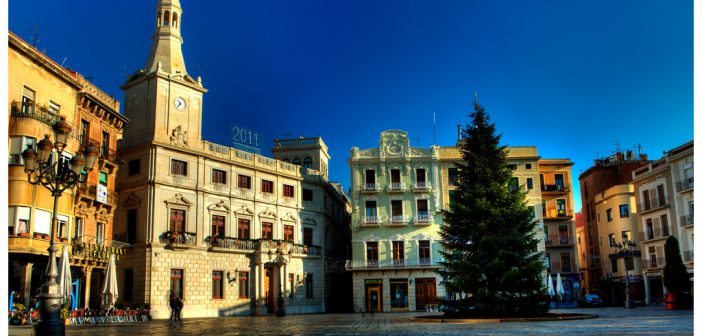


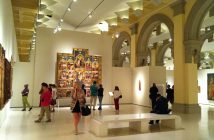
2 Comments
Thanks for sharing this beautiful destination. It looks like a great place to visit for a lot of reasons. I’ll definitely have to check it out!
Thanks for sharing this beautiful destination. It looks like a great place to visit for a lot of reasons. I’ll definitely have to check it out!